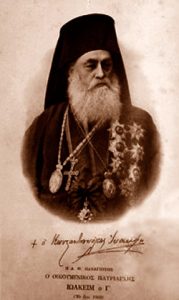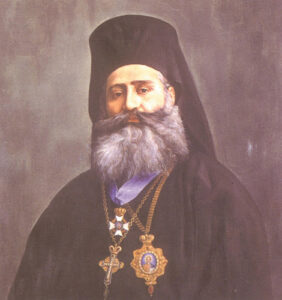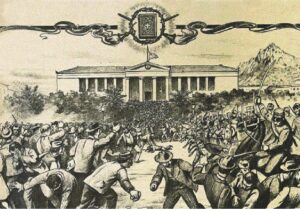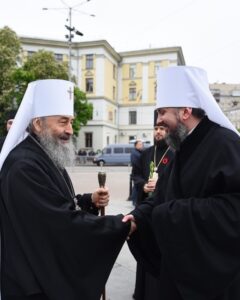Antiochian Metropolitan Elections: A Brief History
The recent retirement of Metropolitan Joseph has left the Antiochian Archdiocese of North America without a primate. In the coming months, the Archdiocese will undoubtedly hold a special convention to nominate candidates to be the next Metropolitan, and then the Holy Synod of Antioch will elect one of those nominees....









